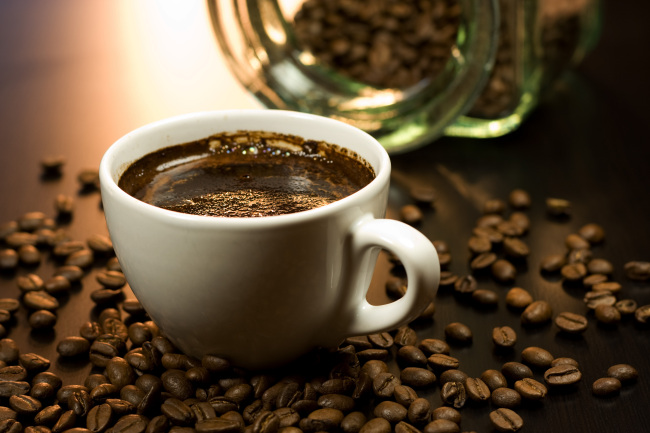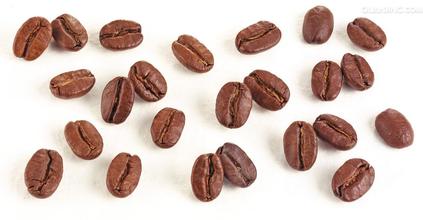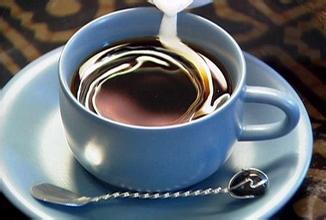Introduction to the characteristics of Fine Coffee beans with strong Flavor Flavor in Indonesia
According to the statistics of Indonesia's Ministry of Energy and Mines (2013), Indonesia has coal reserves of about 58 billion tons, of which 19.3 billion tons have been proven, of which 5.4 billion tons are commercially recoverable reserves. As there are still many areas with unproven reserves, the Indonesian government estimates that the total coal reserves will reach more than 90 billion tons. Indonesia has huge natural gas reserves, about 123,589 trillion cubic meters (equivalent to 20.6 billion barrels of oil), of which 2423 trillion cubic meters have been proved, mainly produced in Allen in Sumatra and Badak in East Kalimantan. Indonesia has nickel reserves of more than 5.6 million tons, ranking first in the world. Diamond reserves are about 1.5 million carats, ranking first in Asia. In addition, uranium, town, copper, Ming, bauxite, Zhong and other reserves are also very rich.
Asia is the main destination for Indonesia's coal exports, accounting for more than 70% of the total, followed by Europe and the Americas. The main export targets in Asia are India, Japan, China and so on. Indonesian coal exports to China reached 42.9 million tons in 2010, making it a major source of coal in parts of southern China. [7]
Indonesia is one of the countries with the richest biological resources in the world. According to incomplete statistics, there are more than 40000 species of plants in Indonesia, of which medicinal plants are the most abundant. The forest area of Indonesia is 12000000 square kilometers, including 11200000 square kilometers of permanent forest area and 810000 square kilometers of convertible forest area. Indonesia's forest coverage is 67.8%. Indonesia is rich in a variety of valuable tropical tree species, such as ironwood, sandalwood, ebony and sleeve wood. Indonesia has a vast sea area and a tropical climate suitable for all kinds of fish. Indonesia is very rich in fishery resources. Bagan Sibia on the east coast of Sumatra is a world-famous fishing ground.
Mantenin coffee beans have large granules and hard beans, and they are prone to defects in the process of planting. After harvest, they are usually subject to strict manual selection. If the control process is not strict enough, it is easy to cause a mixture of good and bad quality. in addition, the different degree of baking will also directly affect the taste, so it has become a more controversial single product. Mantenin has a strong taste, with a strong mellow and rich and lively sense of movement, neither astringent nor sour, mellow and bitter can be fully revealed. The appearance of Mantenin coffee beans can be said to be the ugliest, but coffee fans say that the worse the Sumatran coffee beans are, the better, mellow and slippery the coffee beans are, the larger the granules and the harder the beans are, and they are prone to defects in the process of planting. After harvest, it is usually subject to strict manual selection. If the control process is not strict enough, it is easy to cause a mixture of good and bad quality. In addition, the degree of baking will also directly affect the taste, so it has become a more controversial single product. Mantenin has a strong taste, with a strong mellow and rich and lively sense of movement, neither astringent nor sour, mellow and bitter can be fully revealed. The appearance of Lintong coffee beans is arguably the ugliest, but coffee fans say that the worse the Sumatran coffee beans are, the better, mellow and slippery the coffee sellers often mark Lintong Lindong and Mandheling Manning coffee as dry. In fact, the pulp and coffee seeds are often separated by a variety of mixing modes, and the more common is a backyard wet treatment. The smart farmer put the freshly picked coffee cherries into a simple peeling machine made of scrap metal, wood and bicycle parts. Then put the peeled sticky beans in a plastic woven bag to ferment overnight. The next morning the soft pulp and slime that had been fermented were manually washed away. The silver-coated coffee is pre-dried on a sheet in the front yard and sent to the middleman's warehouse to remove the silver skin and further dry. Finally, the coffee was trucked to Port Medan in Medan, the capital of Sumatra, for the third and final drying. It is also reported that in other Mandheling Mantenin producing areas, after peeling, the sticky material is allowed to dry and attach to the beans, just like the semi-washing treatment in Brazil. Then use a machine to remove the sun-dried sticky and silver skin. Finally, it goes through the same two-stage drying, first in the middleman's warehouse and then in the exporter's warehouse in Port Medan, Medan.

Important Notice :
前街咖啡 FrontStreet Coffee has moved to new addredd:
FrontStreet Coffee Address: 315,Donghua East Road,GuangZhou
Tel:020 38364473
- Prev

Introduction to the characteristics of the flavor and taste of the moderately mellow coffee manor in Arusha, Tanzania
The eastern coastal areas and inland lowlands of Tanzania have a savanna climate, while the western inland plateau has a tropical mountain climate, with an average temperature of 21-25 ℃ in most areas. More than 20 islands in Zanzibar have a tropical maritime climate, hot and humid all the year round, with an annual average temperature of 26 ℃. [6] rainfall types can be divided into bimodal distribution and unimodal distribution. Areas with double bee distribution of rainfall include
- Next

Introduction to the unique sour coffee producing areas of La Tisa Manor in Guatemala
Between 1950 and 1954, the ruling president Jacobo Abens implemented land reform, when big landlords, who accounted for 2 per cent of the country's population, owned about 70 per cent of the country's arable land. Arbens wrote a check for land reform, promising to buy the land held by the big landlords and redistribute it to small farmers. Arbens won the election, and the land reform plan was carried out immediately. For owning land greater than 223
Related
- Does Rose Summer choose Blue, Green or Red? Detailed explanation of Rose Summer Coffee plots and Classification in Panamanian Jade Manor
- What is the difference between the origin, producing area, processing plant, cooperative and manor of coffee beans?
- How fine does the espresso powder fit? how to grind the espresso?
- Sca coffee roasting degree color card coffee roasting degree 8 roasting color values what do you mean?
- The practice of lattes: how to make lattes at home
- Introduction to Indonesian Fine Coffee beans-- Java Coffee producing area of Indonesian Arabica Coffee
- How much will the flavor of light and medium roasted rose summer be expressed? What baking level is rose summer suitable for?
- Introduction to the characteristics of washing, sun-drying or wet-planing coffee commonly used in Mantenin, Indonesia
- Price characteristics of Arabica Coffee Bean Starbucks introduction to Manning Coffee Bean Taste producing area Variety Manor
- What is the authentic Yega flavor? What are the flavor characteristics of the really excellent Yejasuffi coffee beans?

